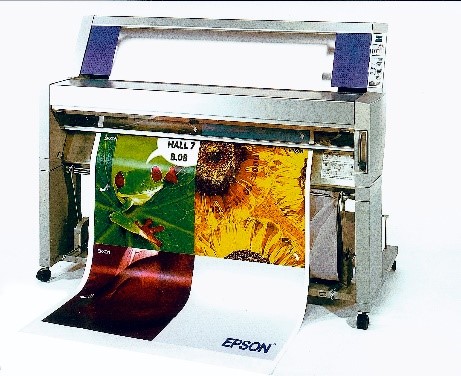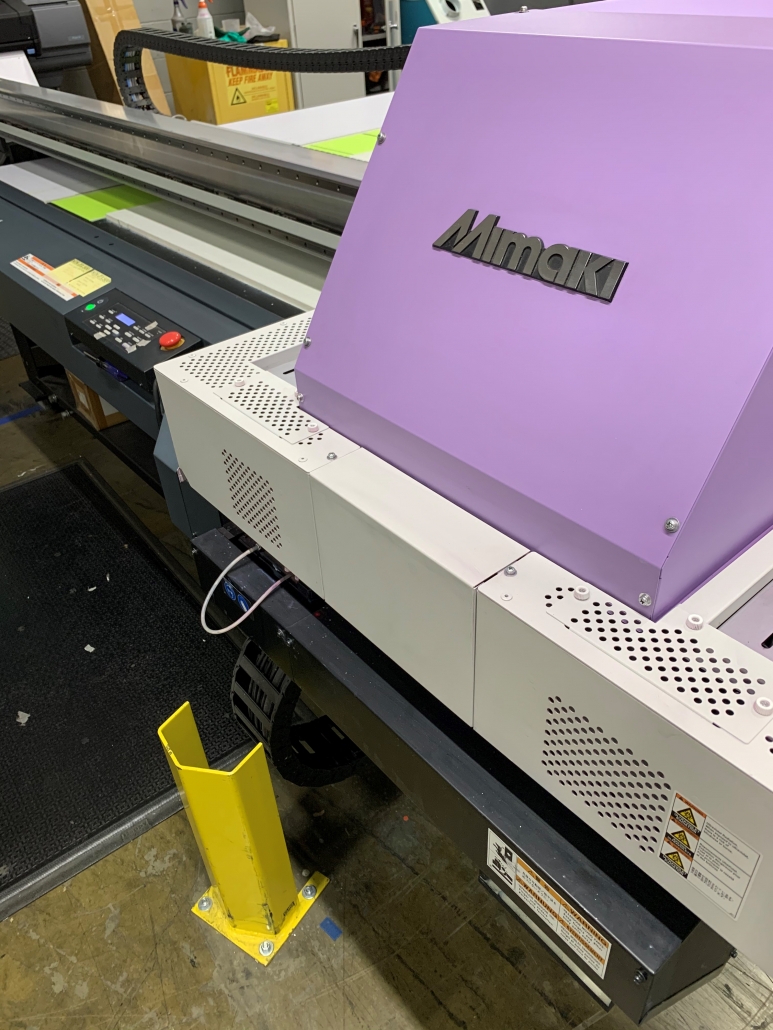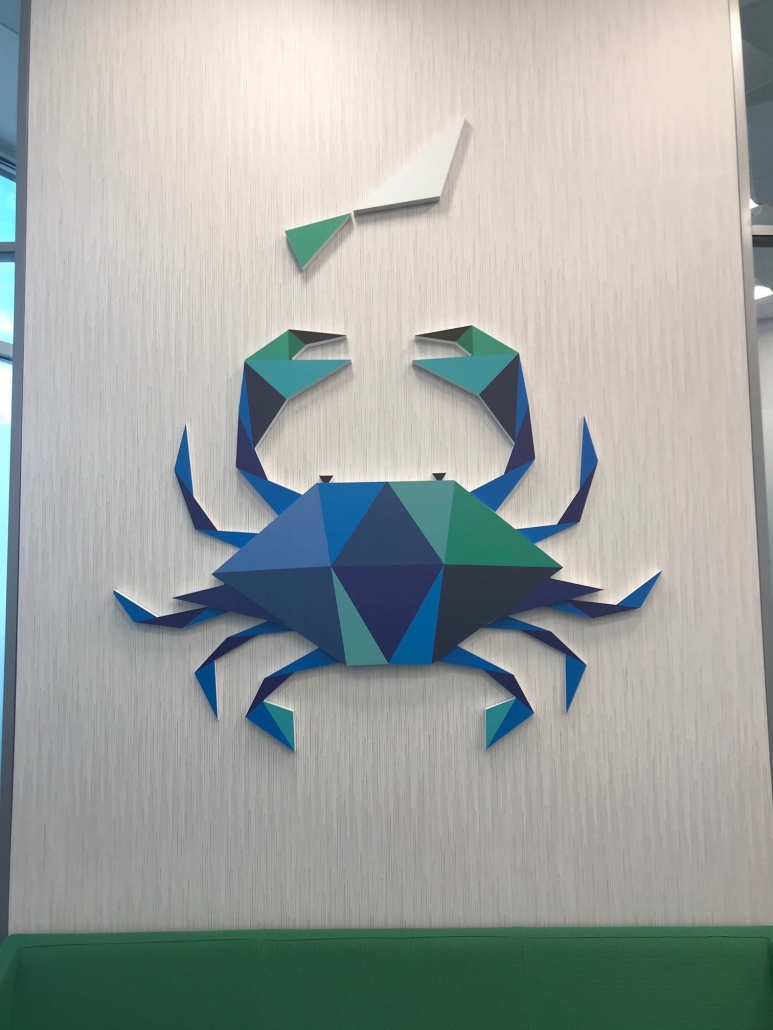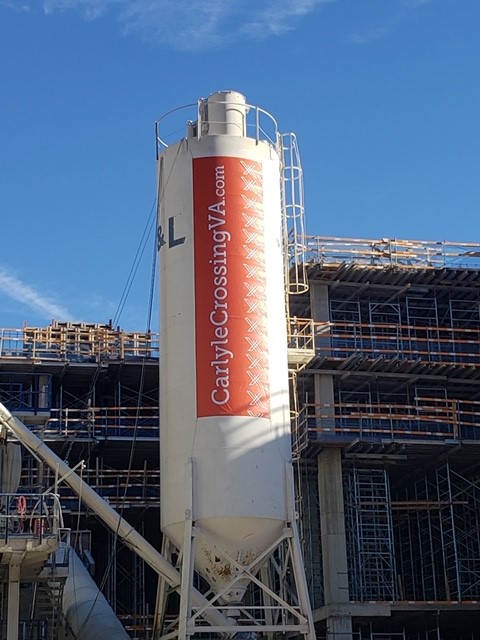#GotYourBack: A CCG Story
What makes a company valuable? What sets it apart from the competition? How do we attract and keep loyal and dedicated employees? As a CCG employee myself, with less than a year into my career, I mulled over these questions as I admired CCG’s senior employees who have spent decades with the company. While I already know the value CCG provides to its customers, I wanted to sit down with our most senior team members and listen to their stories.

“Our capabilities allow for a lot of flexibility with different jobs.”
-Patrick McInerny
Patrick McInerny, Bindery Supervisor at CCG, tells the story of getting his first job here. He quickly proved himself as a conscientious employee and soon was afforded opportunities for growth within the company. Although he started out in shipping, Patrick realized his affinity for working with machines and began putting in overtime working in the bindery. A fast learner, at the age of 24, he was put into a management position in the bindery. When CCG acquired another company, it changed the type of work the company was producing and he made the decision to seek a new opportunity elsewhere. Although he had positive experiences with his new company, when Randy Sparrow, CCG’s Chief of Operations, called on him to come back to CCG, he accepted and is still here today. When asked about his loyalty to CCG, Patrick explained that his reasons range from fairness to flexibility and growth. “CCG treats its employees fairly. There is always work to be done and opportunities to grow. We have a wide range of machines: 7 to 8 folders, stitchers, and a Hunkler with in line folding just to name a few. Our capabilities allow for a lot of flexibility with different jobs,” said Patrick.

“Our customers become part of our family.” -Patty Bennett
Patty Bennett, CCG’s Billing Administrator, spoke highly of the support and encouragement she has received over the years from her mentors at CCG. Patty began her career at CCG in the accounting department, and after six years had acquired the knowledge and skillset to be promoted to Billing Administrator. The mentorship and support of her supervisors and colleagues fosters a family atmosphere within the company, according to Patty. As an employee-owned company, CCG has a culture of accountability to its customers and between employees. The overall desire is to see each other do well while doing what is best for the customers.

“We haven’t been around this long by accident.” -Bob Bahm
This June, estimator Bob Bahm, will celebrate 31 years with Corporate Communications Group. He talked to me about the company’s shared values of mutual respect and loyalty. Bob recalled a time when he and a coworker got into a disagreement. Discouraged by the situation, but encouraged to work it out, they composed themselves and resumed the process of listening to each other’s side. Together, they resolved the issue. This example highlights the idea of mutual respect and trust between coworkers, as well as CCG’s motto “#GotYourBack”. The #GotYourBack motto transcends the company culture inside our walls out to our customers as well. As Bob said, “We haven’t been around this long by accident. Printing companies have to change with the times and be forward thinking. It is this mindset, from our leadership and employees, that allows us to serve and meet the needs of our customers.”

“The level of reliability and service that we bring to our clients would be impossible to match by any other company.” -Kevin Dunn
In speaking with my coworkers about the company, one of my favorite parts was hearing stories of CCG employees coming together in support of each other and to help our customers. Senior Account Executive Kevin Dunn, who has been with the company for 39 years, shared a great example of this. One of Kevin’s customers needed a 24-hour turnaround on a significantly large print job. He was awarded the project on a Friday and the customer needed delivery the next day! Management huddled and came out with a request for the needed employees who would be critical to completing and delivering the job within the 24-hour turn time — asking if they would be willing to work the hours and times required to help make this happen. Kevin was touched to see the number of employees who turned out and worked with dedication to get the job done. This is just one example of CCG employees having each other’s backs and putting the customer first. As Kevin said, “The level of reliability and service that we bring to our clients would be impossible to match by any other company.” Patty Bennett reiterated CCG’s dependability and dedication to its customers, saying “CCG has always produced the highest quality work. Servicing the customer needs is a priority and a must and CCG will go the extra mile to meet the customer’s schedule. Our customers become part of our family.”

“CCG is truly a one-stop shop, with a variety of turnkey solutions for our clients.” -Bill Giles
One of our most seasoned employees is Bill Giles, who has been with the company since 1982. Bill has seen the company grow and change over the years, while thriving through several mergers and acquisitions. Aside from CCG’s ability to change, adapt, and adopt new technology, one of the company’s best features is its wide array of marketing solutions. As Bill explained to me, CCG is truly a one-stop shop, with a variety of turnkey solutions for our clients. This intrigued me when I was first introduced to the company, but it has proven true. I love being able to offer my customers a solution for every one of their marketing issues. CCG prides itself on being dependable and available for all our customers’ needs. #GotYourBack is more than just a moto, it becomes part of every interaction with our customers and with each other.
By Marley Niesz





